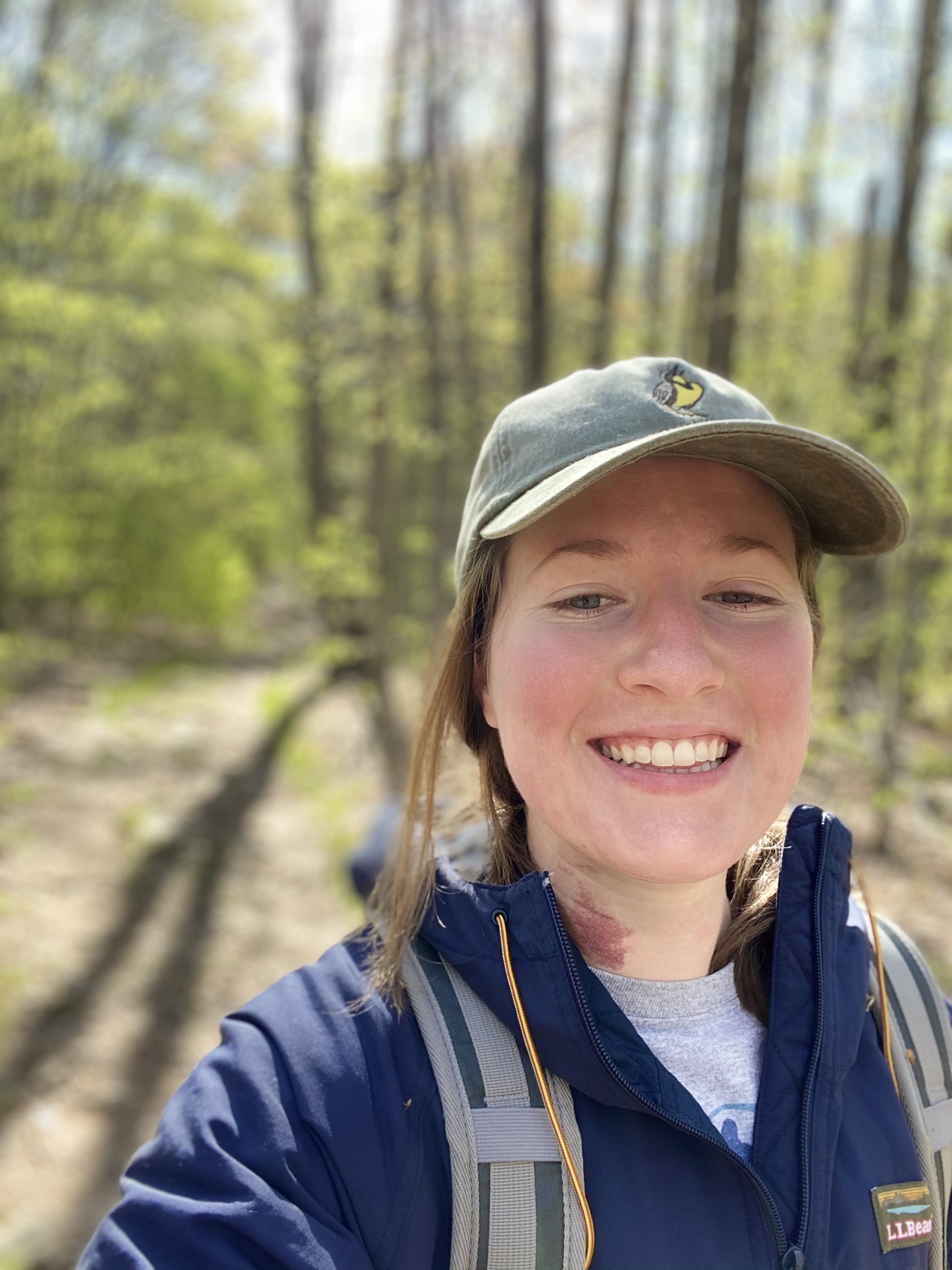Speakers
2025 Science and Engineering Lecture Series
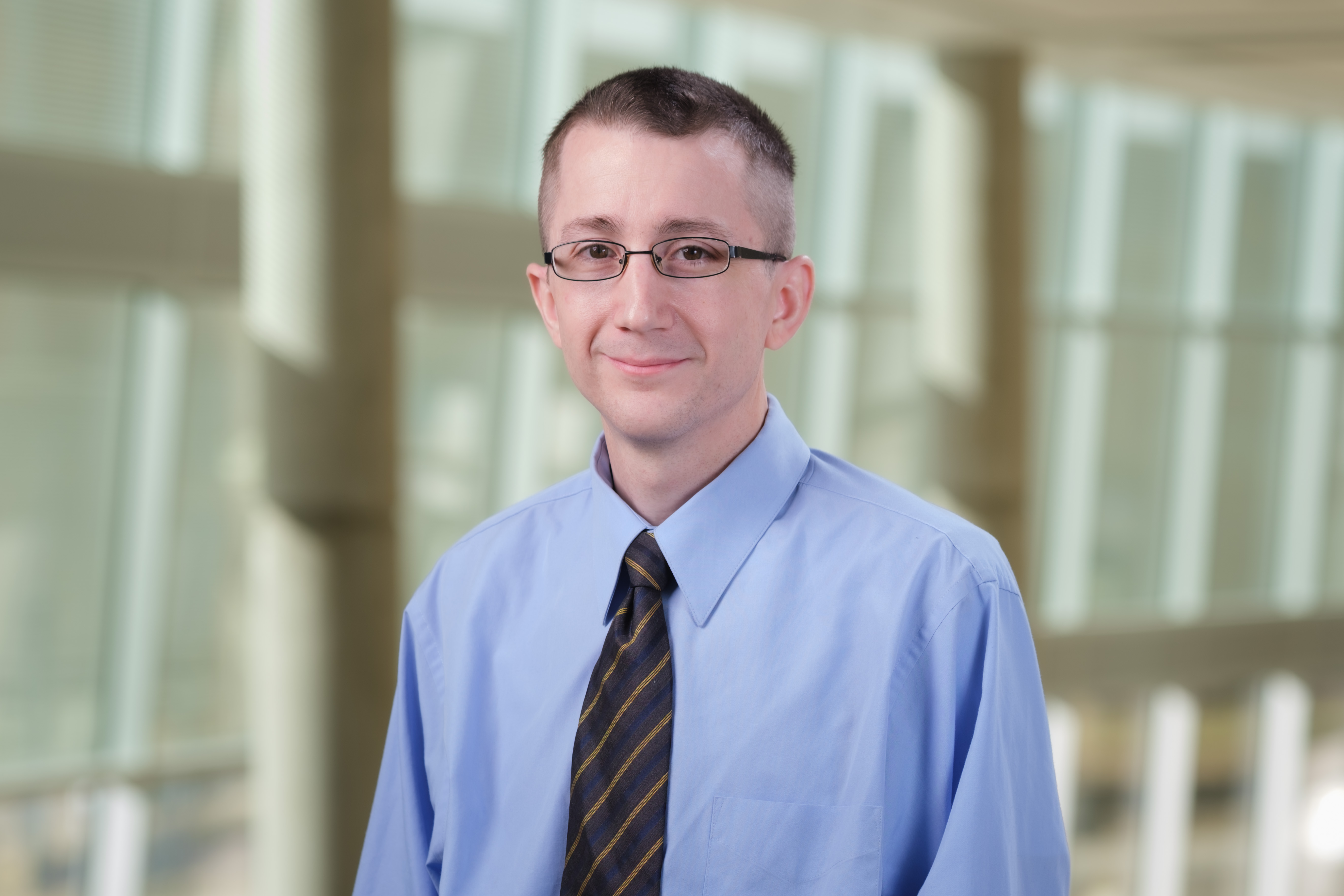 Speaker: Stephen V. Gliske, Associate Professor, Department of Neurosurgery, University of
Nebraska Medical Center
Speaker: Stephen V. Gliske, Associate Professor, Department of Neurosurgery, University of
Nebraska Medical Center
Title: Data Science Meets Human Neuroscience: How to Teach a Computer to Read Brain Waves
Abstract: Clinical human neuroscience research addresses some of the hardest scientific challenges of our day. Addressing these problems involves the ultimate of team science, integrating a diversity of fields from physics to physiology and from medicine to mathematics. We use the most advanced computational methods to analyze the most advanced compututation tool itself—the human brain. In this talk, I will discuss multiple career trajectories that can prepare students to engage in this research. I will also provide an overview of several of my exciting research projects, including live monitoring of depth of sleep from premature infants to older individuals with Parkinson's disease, and mapping of function and dysfunction in patients with epilepsy.
Bio: Dr. Gliske is an Associate Professor of Neurosurgery at the University of Nebraska Medical Center in Omaha, Nebraska. His work spans computational and translational neuroscience, applied data science, biomedical engineering and computational physics. He holds a bachelors degree in Physcs and Applied Mathematics from the University of Iowa, and a PhD in Physics from the University of Michigan. He completed a fellowship at the Physics Division of Argonne National Laboratory, working in the area of medium/high energy nuclear physics, with a focus on theory and big data analysis. Upon switching applications to neuroscience, he received additional training via a fellowship in the University of Michigan, Department of Neurology. He later joining the faculty there, working within the Comprehensive Epilepsy Program and Sleep Disorders Center. Dr. Gliske was also one of the few recipients of the NIH Big Data to Knowledge Mentored Training Grant (K01), which provided additional research support and training in epilepsy, sleep medicine, brain anatomy/physiology, and other relevant aspects of neuroscience and clinical applications. Dr. Gliske continues to advocate for the critical role of cross-trained, PhD researchers leading interdisciplinary research teams within clinical departments.
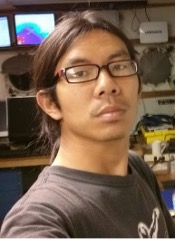 Speaker: Bo Yang, Department of Biology and Marine Science, Jacksonville University
Speaker: Bo Yang, Department of Biology and Marine Science, Jacksonville University
Title: Investigating the Ocean's Biological Carbon Pump Using Argo Profiling Floats
Abstract: The ocean’s biological carbon pump is a critical process by which marine producers transfer carbon from the atmosphere and terrestrial runoff to the ocean's interior. This process plays a vital role in supporting marine ecosystems and regulating atmospheric CO₂ levels and oxygen distributions in the ocean. However, its magnitude and distribution remain poorly quantified due to the limitations of traditional observational methods. In this study, chemical tracers and bio-optical data from Argo profiling floats were utilized to investigate primary production, net community production, and carbon export efficiency. The findings reveal the spatial and temporal patterns of carbon production and export in previously under-studied regions, advancing our understanding of the biological carbon pump's role in the global carbon cycle.
Bio: Dr. Bo Yang is currently an Assistant Professor in the Department of Biology and Marine Science at JU. Dr. Yang received his Ph.D. in Marine Science from the University of South Florida. His research focused on two important components of the ocean carbon cycle: (1) The Ocean’s Biological Carbon Pump, and (2) CO2 System in Seawater. His work on the Biological Carbon Pump utilizes data from autonomous platforms (e.g., Argo profiling float and surface mooring), satellite remote sensing, and model simulation to study topics such as phytoplankton phenology, primary production, net community production, and carbon export efficiency. Meanwhile, his work on the seawater CO2 system includes lab-based physical chemistry studies, time-series field observation, and related instrumentation. Since 2012, he has published 32 papers (16 as first-author) in peer-reviewed journals. Prior to joining JU, Dr. Yang completed postdoctoral research at University of Washington and University of Virginia before working as a scientist at NOAA AOML and University of Miami. For more information on his research, please visit https://scholar.google.com/citations?user=VfSmclQAAAAJ&hl=en.
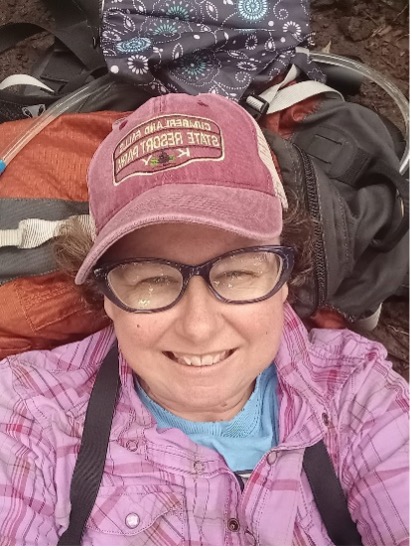 Speaker: Natasha Vanderhoff, Department of Biology and Marine Science, Jacksonville University
Speaker: Natasha Vanderhoff, Department of Biology and Marine Science, Jacksonville University
Title: To find our voice, you must listen to the voices of animals!! What is language & how did it evolve in the only extant bipedal naked ape? ……and what the heck does a rat have to do with it!!!!
Abstract: In this riveting SELS talk I will discuss the evolution of language, with an emphasis on Darwin’s insights and animal communication. Like many other topics, Darwin had something to say about language. His original ideas on language may not be far from reality. How did gestures or music potentially lead to a trait that distinguishes us from the rest of the animal world? And how might animal vocalizations help us to understand human language? Want to know more, well you’ll just have to come and find out (and get cake to celebrate Chuckie D’s 216th birthday!!!!!!)!
Bio: Dr. V enjoys watching birds, cuddling with her million cats and Hector (huge white fluffy over-protective dog you may have seen or heard in her office), eating ice cream and watching Star Trek. Oh, and jetting off to the tropics whenever she has two pennies to rub together. She has shared her passion for animals and behavior with students at JU for 15 years, teaching intro diversity courses, animal behavior, evolution, ornithology and vertebrate biology. Originally from Louisville, KY, she attended college at Loyola in Chicago, ran off to Suriname for a few years, and did her graduate work back home at the University of Louisville. Her formal training is as a behavioral ecologist and she is easily distracted by any interesting critter, hence she has worked with birds, mammals, reptiles, spiders and even plants. Her current research interests include margay population dynamics at Wildsumaco Wildlife Sanctuary in Ecuador, anthropogenic noise pollution and animal calls (especially the robin), and of course the topic of this talk, temporally coordinated interactive vocalizations in non-primate mammals and the evolution of language.
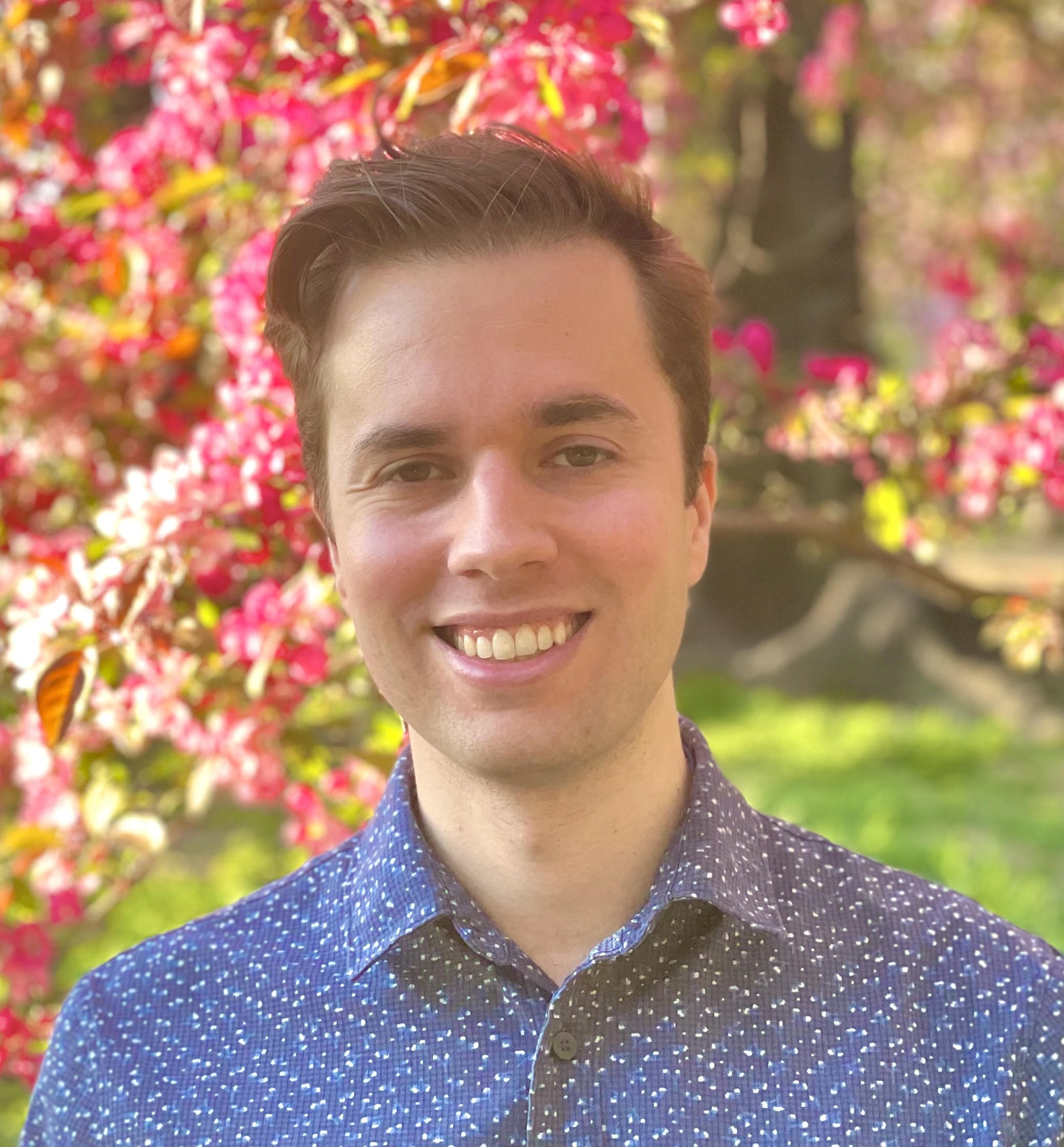 Speaker: Filip Bergabo, Departments of Mathematics, Chemistry and Physics, Jacksonville University
Speaker: Filip Bergabo, Departments of Mathematics, Chemistry and Physics, Jacksonville University
Title: The Beautiful and Mysterious World of Particle Physics
Abstract: The best fundamental description of nature that humans have ever produced is that of particle physics. The dynamic interplay between the various species of quarks and leptons, all mutually interacting via exchanges of photons, gluons, and more, yields all the rich and complicated structure of our universe. Despite the tremendous success of particle physics, there is much that remains poorly understood! In this talk, you will be introduced to the basics of particle physics through the beautiful language of Quantum Field Theory (QFT) and discover the challenges that keep us from fully understanding everything that it is trying to tell us. We will learn about concepts like antimatter, particle annihilation, and why the nucleus of every atom mysteriously looks different depending on how fast it is moving.
Bio: Filip Bergabo is a theoretical physicist specializing in particle physics. He earned his B.S. at the University of Connecticut, and his Ph.D. from the City University of New York Graduate Center. His interest in physics comes from a deep desire to understand the structure and laws of the universe at their most fundamental level, which naturally leads to the mathematical theories underlying particle physics. His research is in quantum chromodynamics (QCD), the fundamental theory describing the strong nuclear force which binds quarks and gluons together to form larger structures like protons and neutrons. His research uses this theory to make predictions in high energy particle collisions with a higher level of precision that will soon be testable in the next generation of collider experiments. He has a strong passion for teaching physics and mathematics and enjoys working with students to make classes engaging and fun. His teaching style focuses on placing students at the forefront, making them feel like discoveries in math and physics are understandable through logical steps and connections to the real world.
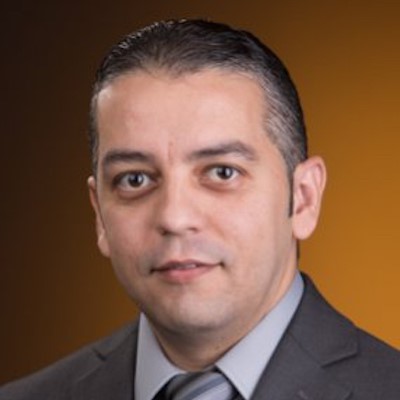 Speaker: Saeed Al-Haj, School of Engineering and Technology, Jacksonville University
Speaker: Saeed Al-Haj, School of Engineering and Technology, Jacksonville University
Title: AI in Cybersecurity: The Double-Edged Sword for Defenders and Attackers
Abstract: In the rapidly evolving landscape of cybersecurity, artificial intelligence (AI)
has emerged as both a formidable ally and a challenging adversary. This talk will
explore the dual role of AI in cybersecurity, examining how defenders leverage AI
to strengthen their defenses, while attackers exploit it to launch more sophisticated
and elusive attacks.
From anomaly detection and automated threat response to predictive analytics and advanced
threat intelligence, we'll delve into the myriad ways AI empowers defenders to protect
critical systems. Conversely, we'll also uncover how AI enables attackers to automate
attacks, identify vulnerabilities, evade detection, and craft convincing phishing
campaigns.
Join us as we navigate the intricate dynamics of AI in cybersecurity, discussing real-world
examples and emerging trends. Whether you're a seasoned cybersecurity professional
or a curious newcomer, this talk will provide valuable insights into the ever-evolving
arms race between defenders and attackers in the age of AI.
Bio: Dr. Saeed Al-Haj is an Assistant Professor of Cybersecurity in the Computing Science
Department at Jacksonville University. Dr. Al-Haj earned his Ph.D. in Computing and
Information Systems from the University of North Carolina at Charlotte (UNCC). Before
joining Jacksonville University in 2022, Dr. Al-Haj worked as Assistant Professor
in the Department of Electrical & Computer Engineering and Computer Science at Ohio
Northern University.
Dr. Al-Haj is currently teaching several cybersecurity related courses: Introduction
to Cybersecurity, Digital Forensics, Penetration Testing, Computer Ethics, Systems
Administrations, etc. He is also involved in teaching programming courses for first
year students. Dr. Al-Haj research interests include Computer Security Education,
Computer Science Education, Gamification in Education, Computer and Network Security,
Cloud Computing Security, and Internet of Things (IoT) security. Dr. Al-Haj has received
four NSA/NSF GenCyber grants of total ($386,301.00) while working at Ohio Northern
University and Jacksonville University.
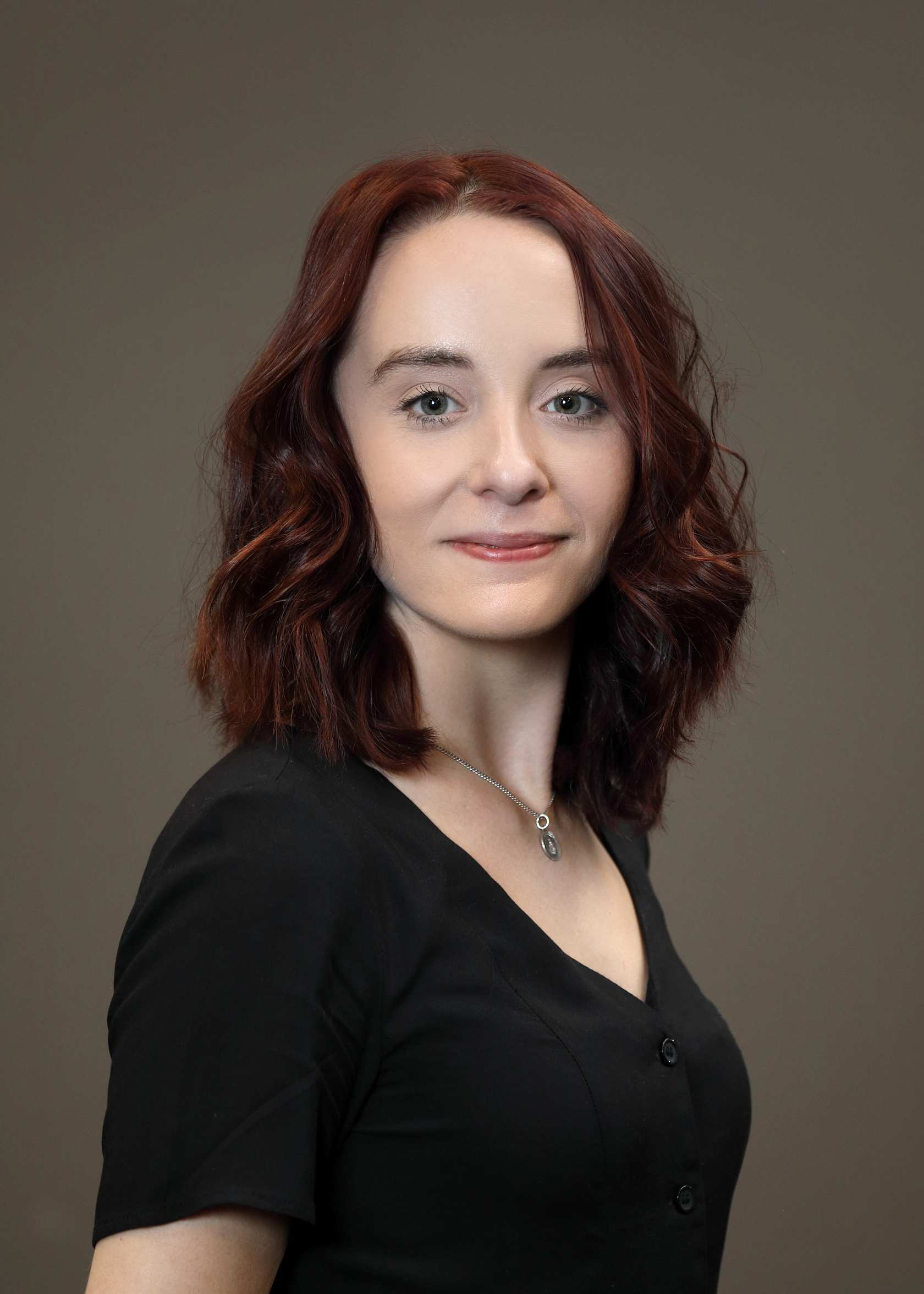 Speaker: Elizabeth Florida, Department of Pharmacology and Cancer Biology, Duke University
Speaker: Elizabeth Florida, Department of Pharmacology and Cancer Biology, Duke University
Title: The Effects of Low and High-Dose Estrogens in Breast Cancer Cells
Abstract: The McDonnell laboratory has recently identified the effects of high- and low-dose androgens on prostate cancer cells. During this process, the androgen receptor (AR) undergoes morphological changes, regulating critical cellular signaling and growth pathways. The mTOR pathway plays a pivotal role in cellular metabolism by directly influencing protein translation, while c-Myc serves as a transcription factor regulating genes involved in cell cycle progression. These two pathways collaborate to support cellular survival and proliferation. At varying androgen levels, AR functions as a biosensor, enabling cells to detect and respond through receptor oligomerization, suppression of c-Myc expression, and inhibition of cellular growth.
My research has demonstrated similar but distinct processes in estrogen receptor (ER) biology in breast cancer cells. Using two breast cancer cell lines, I have observed contrasting effects of high- and low-dose estrogens on mTOR activation, cell cycle regulation, estrogen receptor dimerization, and breast cancer cell proliferation. Unlike androgen receptor biology, ER oligomerization induced by high-dose estrogens does not inhibit breast cancer cell proliferation, which we hypothesize may be due to the absence of c-Myc downregulation. Future studies will investigate c-Myc signaling in response to high-dose estrogens and the effects of ER overexpression on cancer cell growth.
In this talk, I will present highlights of the work I have conducted during my graduate school journey, along with contributions from my colleagues. Additionally, I plan to share insights into the path that led me here, the lessons I've learned, and the people who supported me along the way.
Bio: Elizabeth Florida is a 1st-year graduate student at Duke University, where she was awarded the Deans Graduate Fellowship to earn her Ph.D. in Molecular Cancer Biology. In 2021, she gained her B.S. in Biological Sciences from Jacksonville University (Go Dolphins!). While a student JU, she conducted 3-years of microbiology research with Dr. William Penwell. Following her graduation, Elizabeth received the Intramural Research Training Award from the National Institutes of Health (NIH). During her time at the NIH, Elizabeth conducted 3-years of clinical research in two (very) different specialties. Her research began with cardiometabolic disease and autoimmunity before shifting to Lymphangioleiomyomatosis (LAM), a genetic lung disease with cancer-like characteristics. In just a few years, Elizabeth contributed to more than 10 research articles, including a first-author manuscript published in the Journal of the American Heart Association on Soluble Lectin-like Receptor-1 (sLOX-1) and Inflammation in Coronary Artery Disease (CAD). Her published work has now been cited in over 100 other research papers. A Jacksonville native, Elizabeth is from Arlington and attended the nearby high school. She is the first in her family to graduate from college, working full-time throughout her undergraduate studies to financially support herself.
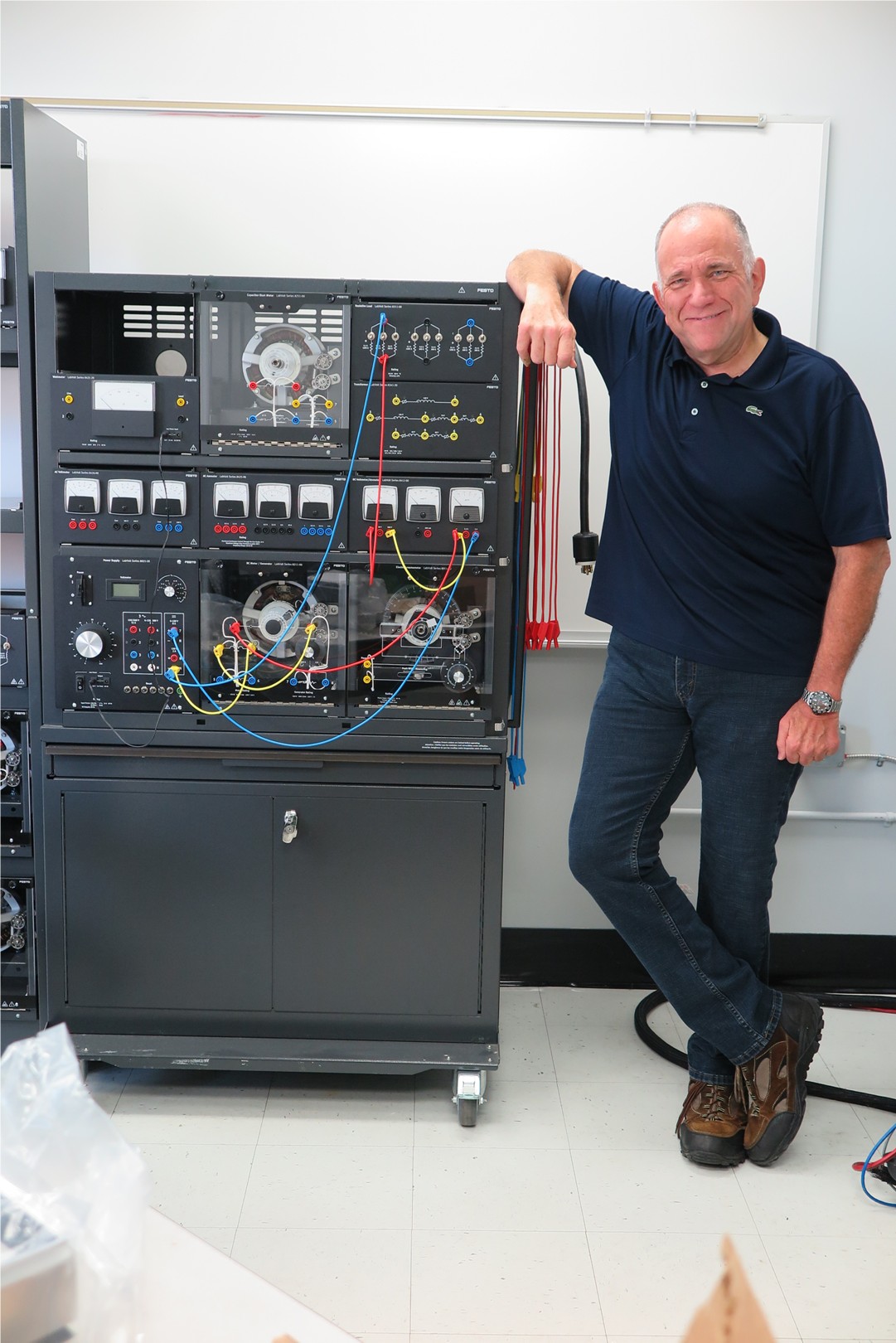
Speaker: Brian Kopp, School of Engineering and Technology, Jacksonville University
Title: Hunting Ghosts in Low-Earth Orbit
Abstract: The National Oceanic and Atmospheric Administration (NOAA), working in partnership with the National Aeronautics and Space Administration (NASA) and the European Organization for the Exploitation of Meteorological Satellites (EUMETSAT) is investigating the feasibility of implementing small satellite remote sensing in low-earth orbit (LEO). The small satellite remote sensing platform will use the Data Collection System (DCS) transponder onboard the NOAA Geostationary Operational Environmental Satellite (GOES) as a relay to earth. Two experimental LEO spacecraft have been flown so far. The initial tests, while promising have occasionally been impacted by spectral anomalies, known as ghosts, that appear to track alongside the desired signal in the three dimensional received-energy plots known as waterfall displays. The characteristics of the ghosts suggest they are generated by the small satellites but are being altered by the environment before being received by the GOES 16 spacecraft. The most likely explanation for the presence of the ghosts appears to be doppler-shifted, multipath reflections of the small satellite transmissions by the earth itself. This is believed to be the first small satellite LEO-to-GEO-to earth relay link to be studied and the ghost phenomenon remains an open research topic. More tests are planned with the GOES 18 and GOES 17 spacecraft as well as the new but similar EUMETSAT Meteosat 12 satellite. Another small satellite experimental platform is also planned for launch in the near future.
Bio: Brian Kopp is a communications engineer and Florida-licensed professional engineer. He received his BS, MS, and Ph.D., all in electrical engineering, and all from New Mexico State University. His undergraduate and graduate research involved bandwidth efficient, high-order modulation schemes that were of interest to NASA. Throughout his college career he worked at the NASA satellite ground station 30 minutes away from his university at White Sands, New Mexico. After leaving New Mexico he worked briefly for the navy before cofounding a company that manufactured the first explosion-proof unlicensed data radio, a predecessor to WiFi used in hazardous environments. Turning next to consulting, since 1997, Brian has worked with both government and commercial clients designing, building, and fixing both wired and wireless communications networks. More recently, since 2011, Brian has been teaching engineering, and now does it full time at JU. Brian serves on the American Meteorological Society radio frequency spectrum committee and is an associate editor of the journal New Space. He also volunteers his time working on amateur radio communication systems for the Florida Department of Emergency Management. He lives in Jacksonville with his wife Air, a progressive care unit nurse at Baptist South Hospital. Brian and Air enjoy scuba diving and are currently building their retirement house 3 hours north of Bangkok Thailand. Their daughter Irada is in her final year at FIU and hopes to work in health care.
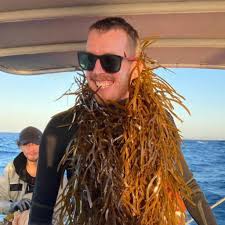 Speaker: Albert Pessarrodona, Oceans Institute & School of Biological Sciences, University
of Western Australia
Speaker: Albert Pessarrodona, Oceans Institute & School of Biological Sciences, University
of Western Australia
Title: Seaweed and the World’s Forgotten Forests
Abstract: Seaweeds, also known as macroalgae, form some of Earth’s most biodiverse and productive forests. This talk will share new insights about the role seaweed forests play in the marine environment, their global distribution, and their responses to and climate change. Drawing on my research, I will discuss how seaweeds are shifting their distributions, altering their growth rates, and adapting to rising ocean temperatures. I will highlight the ecological consequences of these changes for marine biodiversity and the communities that depend on seaweed forests. The talk will also present recent evidence that shows that seaweed forests play a more important role in the ocean carbon cycle than previously thought, and will examine potential ways to use seaweeds to provide climate benefits as “blue carbon”. It will end by discussing how research and industry are harnessing the potential of seaweeds by farming them to contribute to future food security, environmental sustainability, and climate change mitigation.
Bio: Dr. Pessarrodona is a Postdoctoral Research Fellow at the University of Western Australia. His research revolves about understanding how marine forest ecosystems work, and how stressors (principally climate change) alter their functioning. Recently he has become very interested in the role seaweeds play in the coastal carbon cycle at the global level, and whether seaweeds can provide solutions to climate change mitigation. He is a spade-and-bucket ecologist who tries to spend most days underwater making natural history observations and experimental manipulations. Dr. Pessarrodona often combine such evidence with experiments in the lab. He is however convinced that understanding of marine forests at scales relevant to human decision-making requires interdisciplinary partnerships. As such, he collaborates with molecular ecologists to complement the ecological and physiological insights gained through my research with genomic approaches.
Title: Non-Reproductive Vocalizations & Flocking Behaviors in Hybridizing Songbirds
Abstract: Avian song learning has been widely studied in songbirds, while the role of calls in speciation remains largely unknown. Avian calls, although primarily associated with non-reproductive behaviors, are learned and important for many aspects of survival, and are therefore important for fitness. Thus, like song, avian calls could influence reproductive isolation. My work is aimed at examining call learning and non-reproductive behaviors associated with the “chick-a-dee” call in hybridizing black-capped (Poecile atricapillus) and Carolina (Poecile carolinensis) chickadees. I examined how calls and call learning might affect pre- and postzygotic reproductive isolation. Parent species originating from sympatry show a stronger bias towards learning their conspecific call relative to their conspecifics in allopatry. In addition, hybrids showed reduced variability in call learning. This suggests calls could contribute to pre- and postzygotic reproductive isolation, potentially through mechanisms of ecological character displacement and hybrids exhibiting constraints on plasticity in call learning, respectively. I also examined whether mobbing behavior, an anti-predator behavior initiated by flocks using the “chick-a-dee” call, differs between natural sympatric and allopatric populations. I documented a lack of chickadee flocks in sympatry, relative to the black-capped and Carolina allopatric populations. Although the lack of chickadee flocks cannot be explained, I discuss potential impacts of hybridization on flocking behaviors from an ecological perspective. This work is some of the first evidence of call learning as well as different ways calls and call learning could indirectly affect reproductive isolation in a hybridizing songbird system. Overall, I present new avenues of research on understanding the effects of hybridization on non-reproductive behaviors from an ecological viewpoint, and further, the potential impacts on reproductive isolation.
Bio: Dr. Spinelli completed her Bachelor of Science with a minor in Visual Arts at Jacksonville University (JU) in 2018. She worked under Dr. Vanderhoff, performing a research study on the effects of urbanization on avian abundance and diversity, which is published in the Florida Field Naturalist. She then went to Lehigh University to pursue her Ph.D., which was recently completed in January 2025. She worked under the direction of Dr. Amber Rice, studying different potential reproductive isolating barriers between the naturally hybridizing black-capped and Carolina chickadees. Her dissertation work focused on non-reproductive vocalizations and behaviors in the two chickadee species and their hybrids, as these have been overlooked when considering mechanisms that can affect reproductive isolating barriers between species. For her dissertation work, she was awarded multiple fellowships and the Sigma Xi: Grants in Aid of Research. She also spent time volunteering at Lehigh for the Biological Organization of Graduate Students and the Graduate Student Senate to help advocate the graduate student’s needs to higher administration. She was awarded the Lehigh Graduate Life Leadership Award for the work she did improve conditions for graduate students. She is now exploring different potential career paths in conservation or environmental work.
Title:
Abstract:
Bio:

